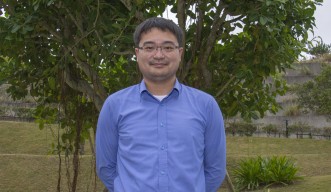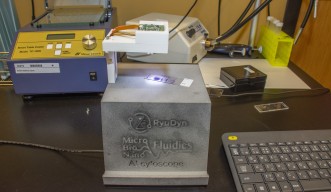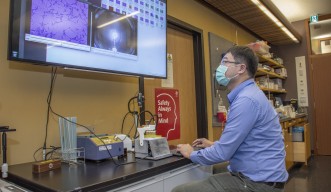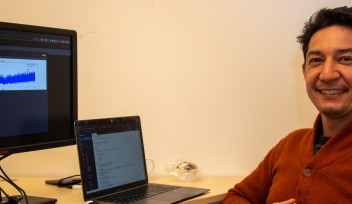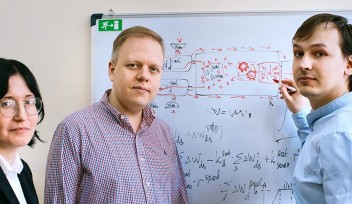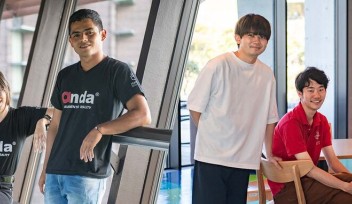Former OIST student and Technology Pioneer Fellow launches tech start-up, RyuDyn
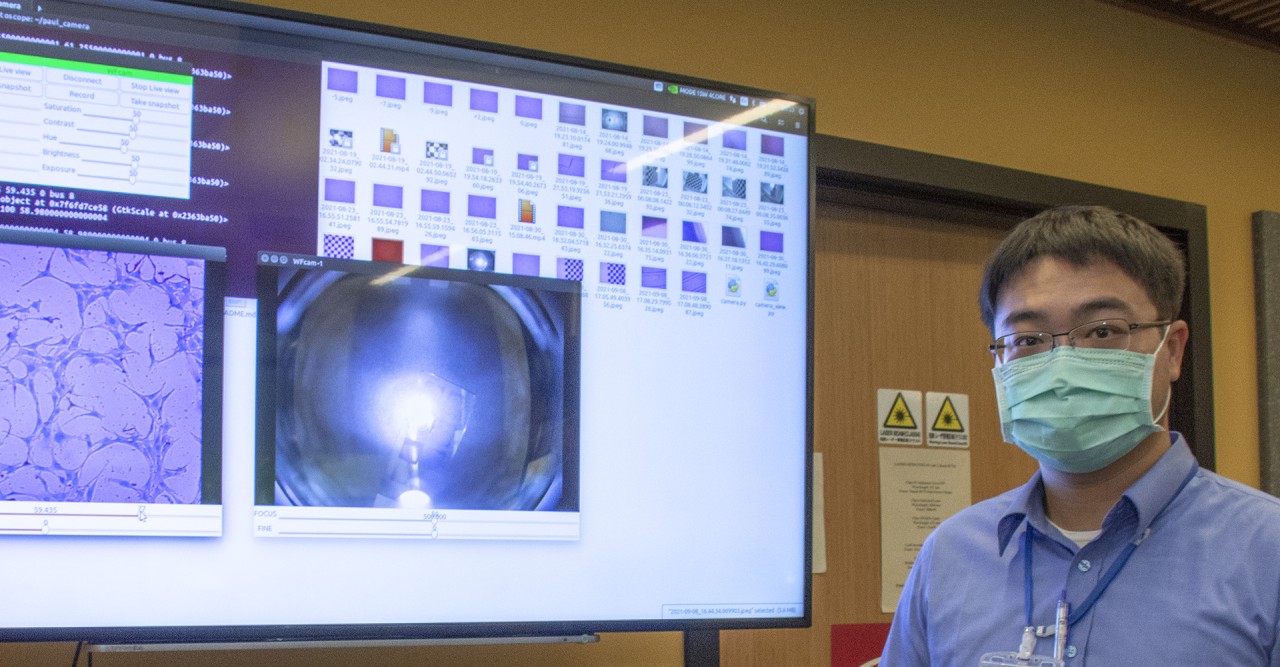
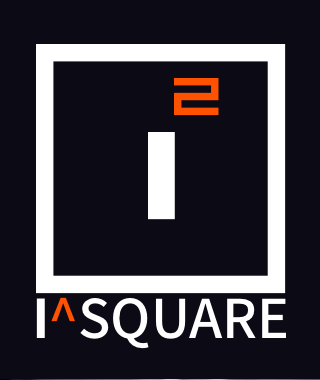
Interested in developing your own tech startup in Okinawa? OIST is accepting applications for FY2022 Innovation Square Startup Accelerator Program until February 20th 2022. Sign up at the I Square website.
When Paul Hsieh-Fu Tsai first joined OIST in 2014, with a background in biomedical engineering, his focus was solely on his research. Seven years on, he has now left OIST not only with a doctorate but equipped with training and resources to take on an additional career trajectory – as founder of a tech start-up company, RyuDyn.

Recently set up in Paul’s home country of Taiwan, RyuDyn (short for Ryukyu Dynamics) plans on launching a microscope and accompanying software that can automatically image and analyze dynamic data, such as the migration of cancer cells or the development of stem cells into specialized cells.
“The goal is to save researchers, from industry and academia, both time and money, and to innovate the workflow,” said Paul. “It is a huge opportunity to really speed up the pace of research.”
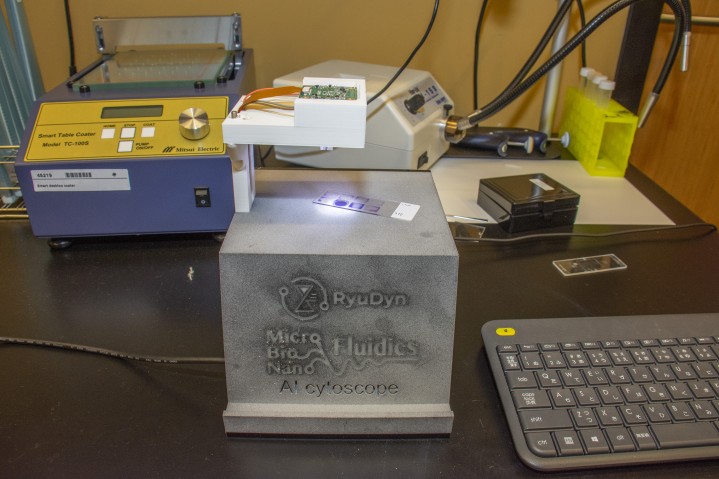
For Paul, the appeal of becoming an entrepreneur was centered on his desire for his work to have a real-life, immediate impact. So, when the OIST Technology Development and Innovation Center (TDIC) launched the Technology Pioneer Fellowship program in 2020, as Paul was finishing up his PhD, he jumped on the opportunity.
“I didn’t only want to publish academic papers, but I wanted my research to matter: to solve a specific problem and have a real, tangible societal impact,” he explained. “Over time, the notion of transitioning towards entrepreneurship just grew stronger.”
His work on an automated imaging and analysis system began during his PhD, where he studied in the Micro/Bio/Nanofluidics Unit, under the supervision of Professor Amy Shen. He was developing a microscope and software that could be used to study the migration of brain cancer cells in an automated way.
“At the time, there was no reliable system for analyzing how brain cancer cells migrate,” said Paul. “You need quantitative data – how fast they are moving, which direction they are going – but many researchers can spend up to 20 hours per week manually extracting this information from images. It is often a bottleneck process that slows down overall research and can add human error and bias.”
Seeing the business potential of automated technology, Paul remained at OIST after his PhD to join the first cohort of Technology Pioneer Fellows – a program open to OIST graduate students and researchers wanting to advance the development of an OIST technology towards commercialization over a 1-to-2-year period.
Over the course of the following year, while based at TDIC, he received in-depth training and mentorship on how to become a successful, independent entrepreneur. Through TDIC’S network, he honed his skills by pitching his idea to venture capitalists and learned how to apply for patents and develop business plans.
“The start-up training was very exciting to me,” Paul said. “Learning how to make a commercial product is very broad – you need to think about the gaps in the market and the needs of your customers and how to make a workable business model. It is very different from doing a PhD, where you go deep into a specific topic.”
The program also provided a personal stipend for Paul, with additional lab funding to accelerate his research towards development of a commercially-viable product.
So far, Paul’s software can track the speed and direction of cells, as well as changes in how they look and predict future developments based on those traits.
“To our knowledge, nothing else on the market can do this right now. In addition, our results are 6 to 60 times faster than our competitors and up to 5 times more accurate,” he said.

As well as continuing the work on analyzing brain cancer cell migration, RyuDyn is exploring exciting new opportunities in the area of regenerative medicine. For some novel treatments, stem cells are taken from patients, cultured to become specific differentiated cells and later transplanted back into the patients.
But currently, tests use to analyze the cultured cells may require removing and killing the cells, which are already in limited supply.
“Our idea is that while the cells are growing and developing, we can analyze them at the same time. It means that we can respond faster to the needs of the cell culture, and the cells can be kept alive. This would be a really important development.”
RyuDyn is now licensing the technology developed at OIST and Paul is looking for partners in Japan and Taiwan to pursue the commercial development of his company. You can contact him on contact@ryudyn.com or through OIST Innovation Square, at innovation@oist.jp.
For press enquiries:
Press Inquiry Form










